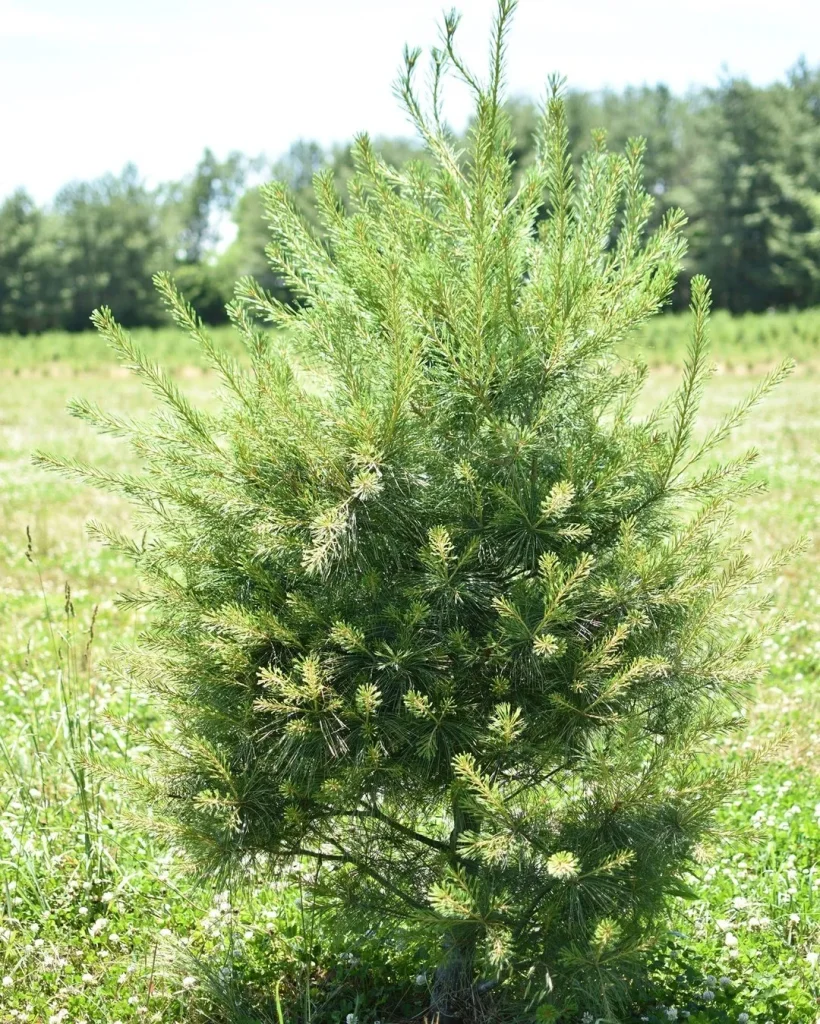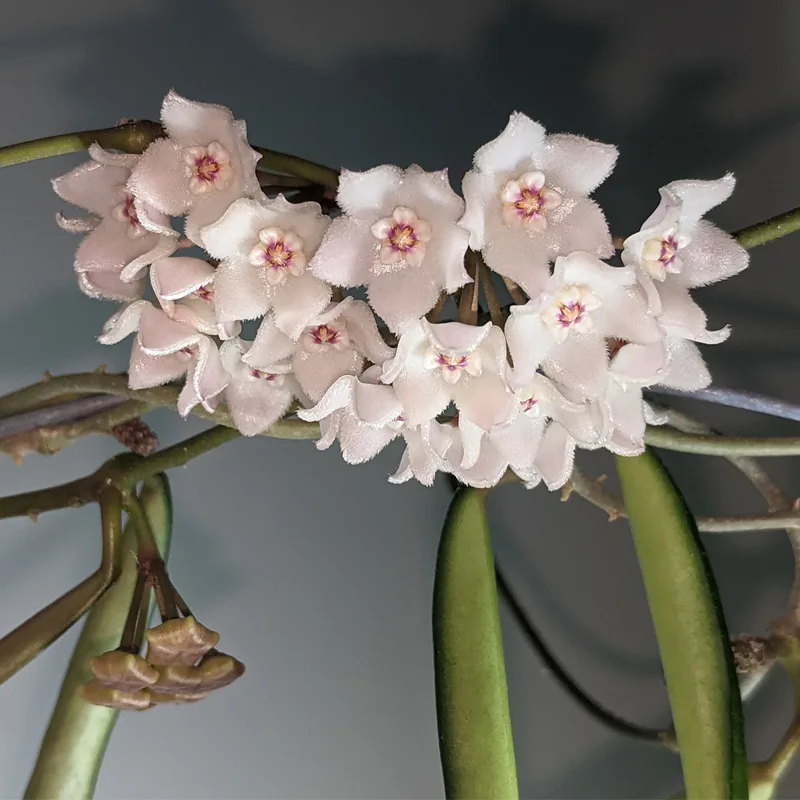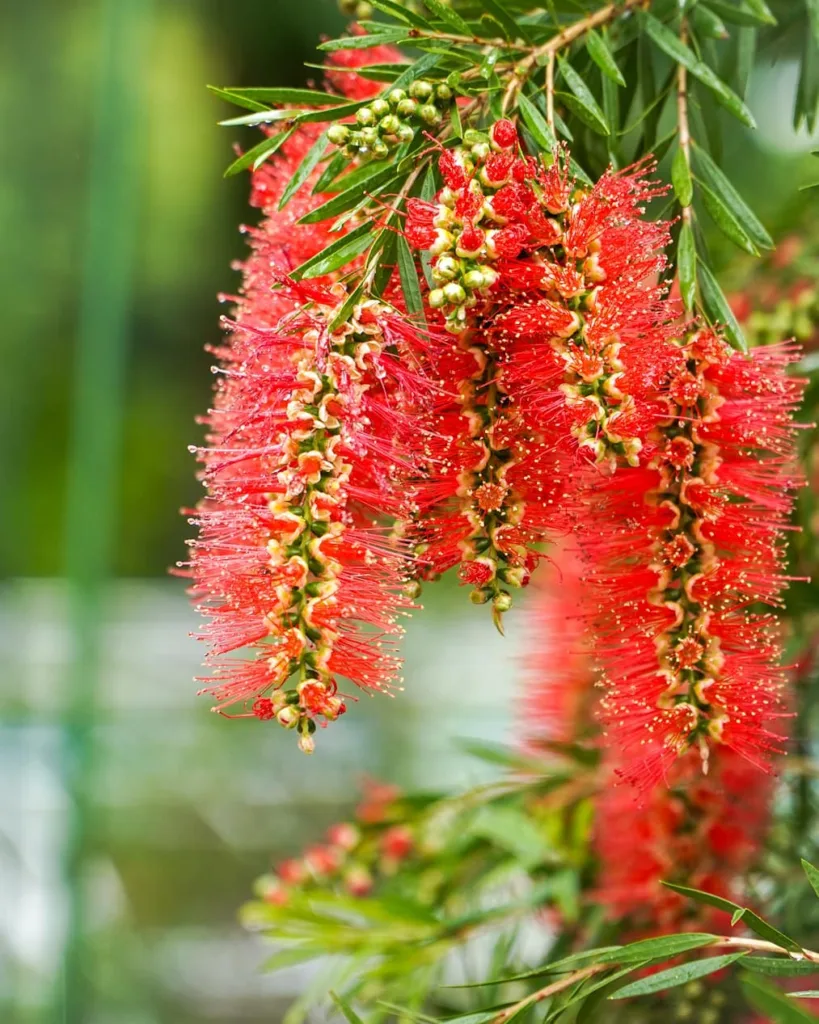The Enchanting Allure of the Dragon’s Blood Tree: Unveiling the Dracaena cinnabari
For as long as I can remember, I’ve been captivated by the fantastical. From mythical creatures to otherworldly landscapes, anything that sparked the imagination held a special place in my heart. So, when I stumbled upon the Dracaena cinnabari, also known as the Dragon’s Blood Tree, it was like stepping into a living legend.
This otherworldly tree isn’t just visually striking; it’s a botanical marvel with a rich history and unique properties. Over the years, I’ve delved deep into the world of the Dracaena cinnabari, and here, I want to share its wonders with you.
198 Species in Genus Dracaena
Where is Dracaena cinnabari Found?
The Dragon’s Blood Tree isn’t native to just any backyard. It thrives on the Socotra archipelago, a group of islands belonging to Yemen and situated in the Arabian Sea. Socotra itself is a UNESCO World Heritage Site, famous for its otherworldly biodiversity, and the Dracaena cinnabari stands as a crown jewel of this unique ecosystem.
What Does Dracaena cinnabari Look Like?
Imagine a tree with a thick, blood-red sap that oozes like crimson rain. Now picture its branches reaching out like gnarled claws, supporting a crown of densely packed, sword-shaped leaves. That’s the essence of the Dracaena cinnabari. Its silhouette is unlike anything you’ve seen before, resembling a giant, prehistoric umbrella.
This unusual appearance is due in part to its growth pattern. Unlike most trees, the Dracaena cinnabari doesn’t grow from rings within the trunk. Instead, new growth emerges from the tip, with the leaves forming dense rosettes at the branch ends. As the tree matures, it branches out, creating its iconic umbrella shape.
Dracaena Cinnabari vs Draco
I found Dracaena Cinnabari to be a striking plant with its unique, umbrella-like canopy and distinctive bark, but it’s the Dracaena Draco that really caught my eye with its bold, sword-like leaves and impressive, sculptural form that adds a dramatic touch to any space.
Can the Dracaena cinnabari be Planted in the U.S.?
While the Dragon’s Blood Tree’s allure is undeniable, it’s important to consider its specific needs before attempting to cultivate one. These trees thrive in warm, dry climates with minimal frost. So, unless you live in a region that mimics the Socotra archipelago’s conditions, successfully growing a Dracaena cinnabari outdoors in the U.S. might be challenging.
However, all is not lost for aspiring Dragon Blood Tree enthusiasts. These trees can be cultivated indoors as container plants, provided the right care is given.
How to Grow Dracaena cinnabari?
If you’re determined to bring a touch of Socotra magic into your home, here’s a glimpse into caring for your Dracaena cinnabari:
- Light: Mimic its natural habitat by providing bright, indirect sunlight. South-facing windows are ideal, but ensure they’re shaded during peak afternoon sun hours.
- Water: These are drought-tolerant trees. Water deeply when the soil feels dry to the touch, but avoid soggy conditions.
- Soil: Use a well-draining potting mix specifically formulated for cacti and succulents.
- Temperature: Aim for warm temperatures between 65°F and 80°F (18°C and 27°C). Avoid exposing your tree to sudden temperature drops or cold drafts.
With proper care, your Dracaena cinnabari can thrive indoors for many years.
How to Pronounce Dracaena cinnabari?
Now, you might be wondering how to pronounce this fascinating tree’s name. Here’s a breakdown:
- Dracaena (druh-SEE-nuh)
- cinnabari (sin-uh-BARE-ee)
Practice a few times, and you’ll be a Dracaena cinnabari pronunciation pro in no time!
How Long Do Dracaena cinnabari Trees Live?
These remarkable trees are known for their longevity. Estimates suggest they can live for hundreds, even thousands of years, standing as silent sentinels witnessing the passage of time.
What is Dracaena cinnabari Used For?
The Dragon’s Blood Tree’s most famous attribute is its crimson sap, aptly named “dragon’s blood.” This resin has been used for centuries in traditional medicine, with applications ranging from wound healing to treating diarrhea. Modern science is still exploring the potential medicinal properties of dragon’s blood.
However, it’s crucial to remember that harvesting dragon’s blood can harm the tree.
If i die, water my plants!



